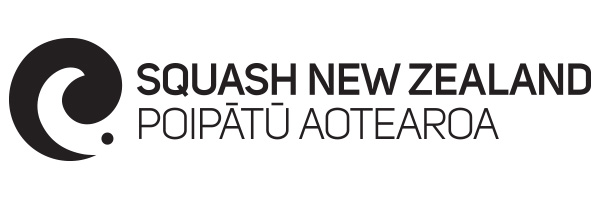
lock
squashnz
 To register on the squashnz website/app you either need to use your exisitng Woo ID or create a new one (see below).
To register on the squashnz website/app you either need to use your exisitng Woo ID or create a new one (see below).
Sign Up
Why sign up?- Get access to Registered User's priviledges, which may include hidden pages, special features and special pricing, if they exist, on this website.
- Get access to all sites powered by Woo without having to enter your details everytime.
Sign In
Username (Woo ID) Password Forgot Your Password?User Name or Password is incorrect.
What is a Woo ID help
Powered by: Woo | Created by Te Matau










